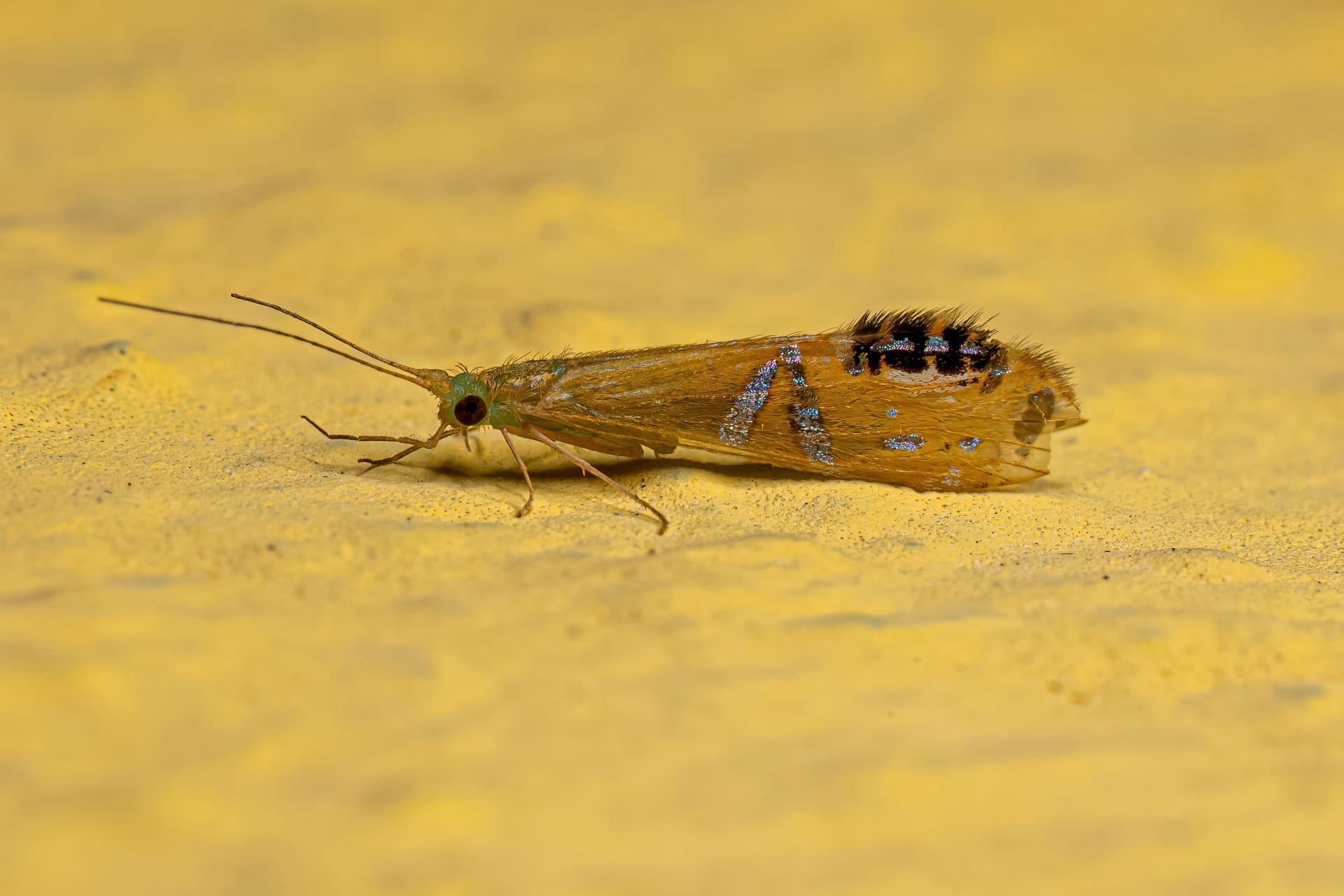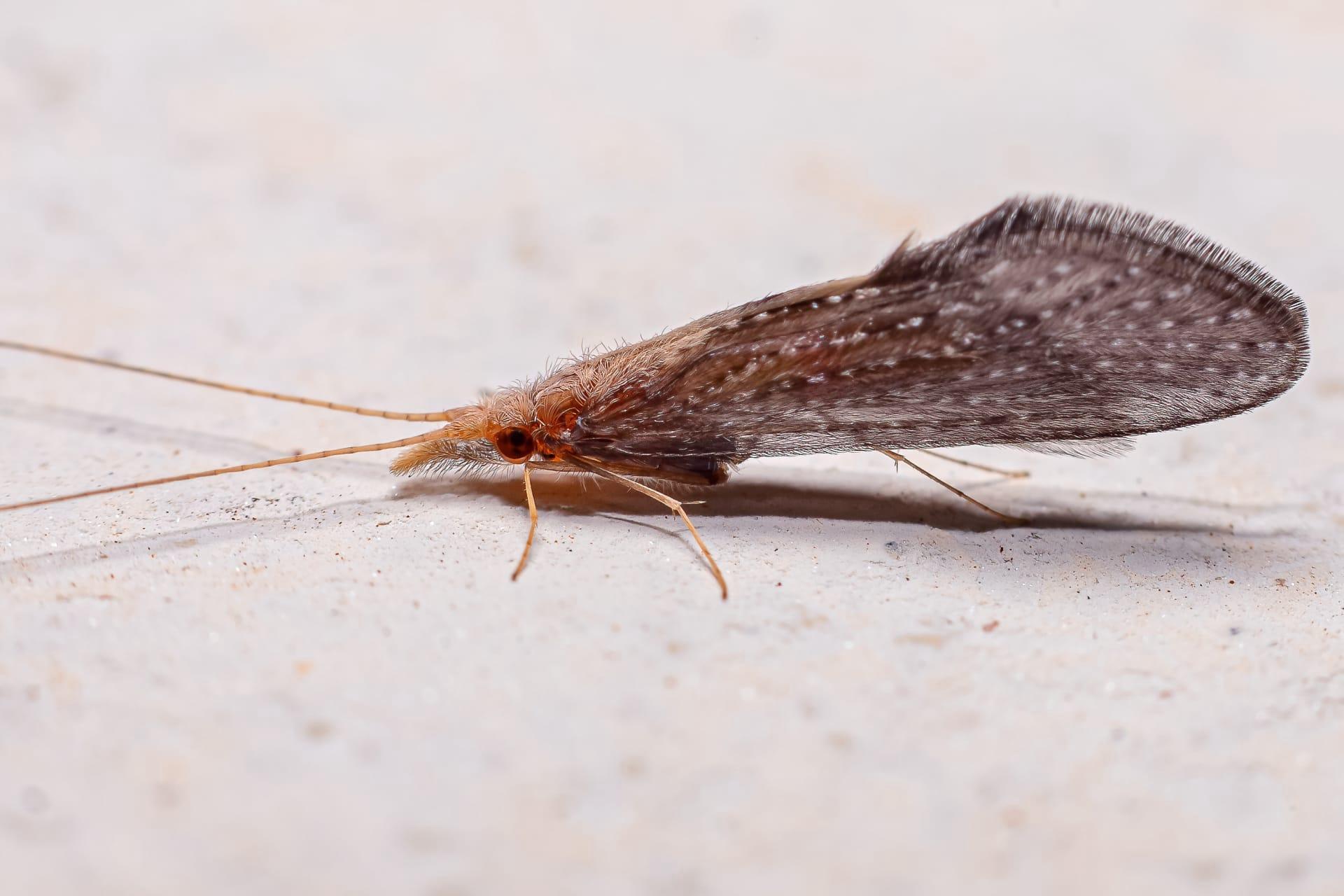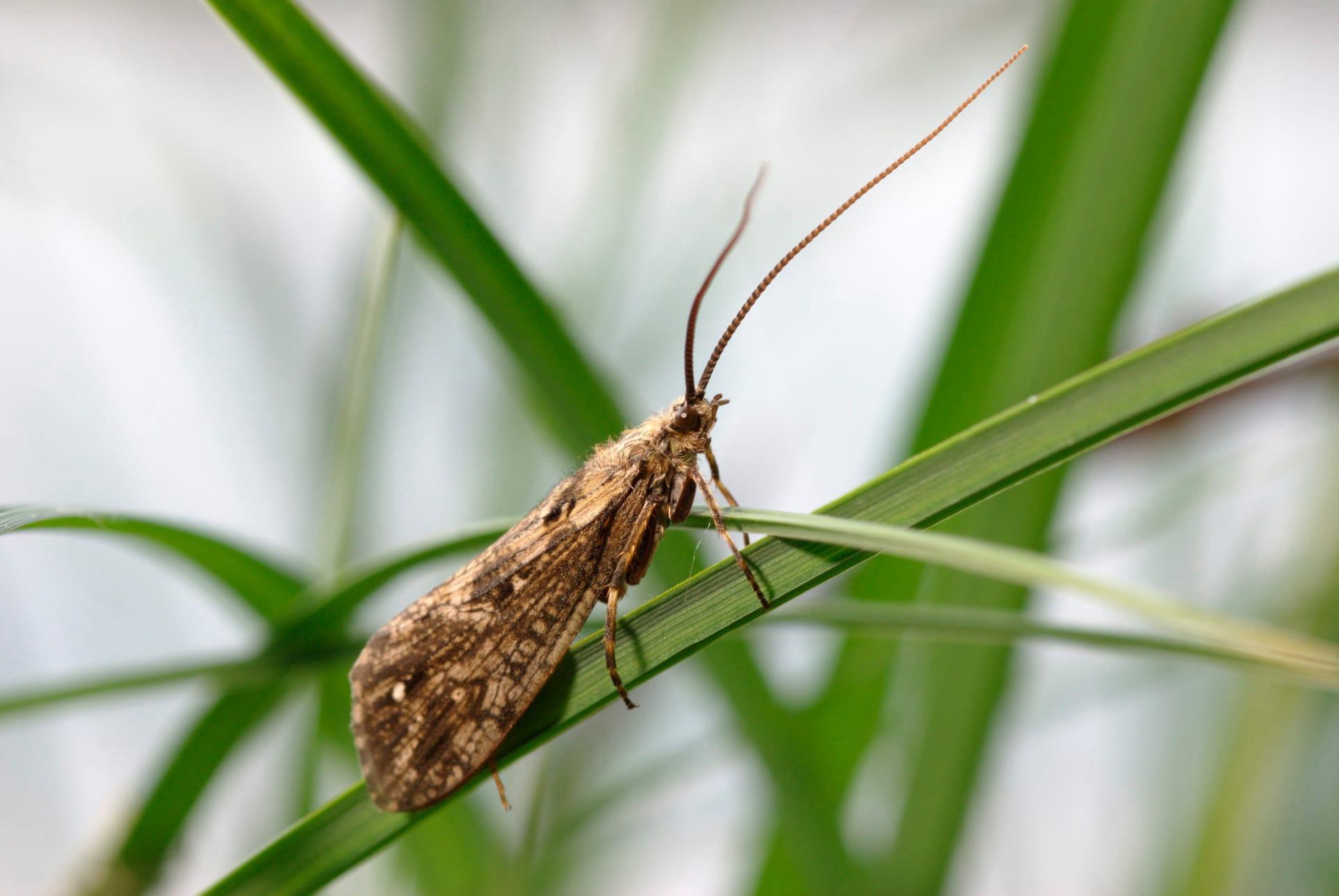Caddisfly
- Home /
- Mini Encyclopedia /
- Animal /
- Caddisfly
1
Caddisflies, belonging to the order Trichoptera, are a diverse group with over 14,500 described species. They are closely related to butterflies and moths, which are part of the order Lepidoptera. Caddisflies are differentiated by their aquatic larvae and the silk they produce, which is crucial for their survival. These species are categorized into several families, with the most common being Rhyacophilidae, Limnephilidae, and Leptoceridae. Each family possesses unique characteristics, particularly in larval forms, which reflect their adaptation to different aquatic environments.
Caddisflies are found globally, thriving in a variety of freshwater habitats like streams, rivers, lakes, and ponds. Their distribution is widespread, from the chilly streams of the Arctic to the temperate regions of Europe and North America, and even in the tropics. These insects prefer clean, well-oxygenated water, making them excellent bioindicators of water quality. Their presence or absence in a water body can signify the health of that ecosystem. In North America, the greatest diversity of caddisflies is observed in the Appalachian and Rocky Mountain regions, where hundreds of species can be found.

2
Question: Are caddisflies harmful to humans or agricultural crops?
Answer: Contrary to some misconceptions, caddisflies are neither harmful to humans nor to crops. They do not bite or sting and are not known to transmit diseases. Moreover, they are not pests of agricultural crops. Instead, caddisflies play a vital role in freshwater ecosystems. Their larvae, often found in streams and rivers, contribute to the breakdown of organic matter, thus aiding in nutrient cycling. Adult caddisflies, typically short-lived, are an important food source for fish, birds, and other wildlife. Their presence in an ecosystem indicates a healthy, balanced aquatic environment.

3
Caddisfly larvae employ a unique survival strategy: they construct protective cases using silk and materials like sand, small stones, or plant debris. These cases shield them from predators and fluctuating environmental conditions. The materials used for case-building vary among species and are often reflective of their habitat. Some species create portable cases they carry around, while others build fixed retreats or nets for capturing food particles.
The adult stage of caddisflies is characterized by a different survival approach. Adults have a very short lifespan, often just a few weeks, during which their primary focus is reproduction. They exhibit various mating behaviors, including pheromone communication and intricate flight patterns to attract mates. After mating, females lay eggs on or near water, ensuring the next generation continues the aquatic life cycle.

4
In the ecosystem, caddisflies serve as a crucial link in aquatic food webs. Larvae are primary consumers, feeding on detritus, algae, and small invertebrates, thus helping to keep these populations in check. Their feeding activities contribute to the breakdown of organic matter, facilitating nutrient recycling in aquatic systems.
As both larvae and adults, caddisflies are a significant food source for various predators. Fish, especially trout, rely heavily on caddisfly larvae and adults as a food source. Birds, amphibians, and other insects also feed on different stages of the caddisfly. The presence of caddisflies can indicate a healthy aquatic ecosystem, which in turn supports a diverse array of wildlife.

5
Film: "The Secret World of Caddisflies" is a notable documentary produced in the United States in 2017. This film delves into the fascinating life cycle of caddisflies, highlighting their unique case-building behavior and their vital role in freshwater ecosystems. It also showcases the intricate relationship between caddisflies and their natural predators, providing insights into the ecological importance of these often-overlooked creatures.
Book: "Caddisflies: The Underwater Architects" by Thomas Ames Jr., published in the United States in 2003, provides an in-depth exploration of caddisfly species across North America. The book covers their biology, behavior, and habitat, enriched with detailed photographs. Ames' work is widely appreciated for its blend of scientific detail and accessibility to a broad audience.
Book: "Streamside Guide to Caddisflies" by Gary LaFontaine, published in 1991 in the United States, is another significant contribution to entomology literature. This book focuses on the identification and ecological significance of caddisflies in North American streams. LaFontaine's work is renowned for its practical approach and has been invaluable to both biologists and anglers interested in stream ecology.